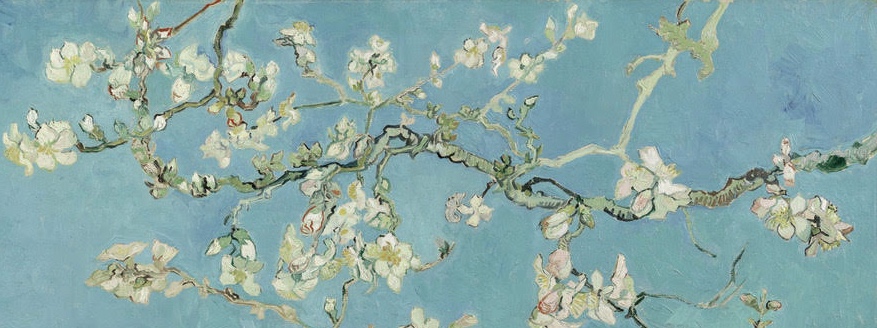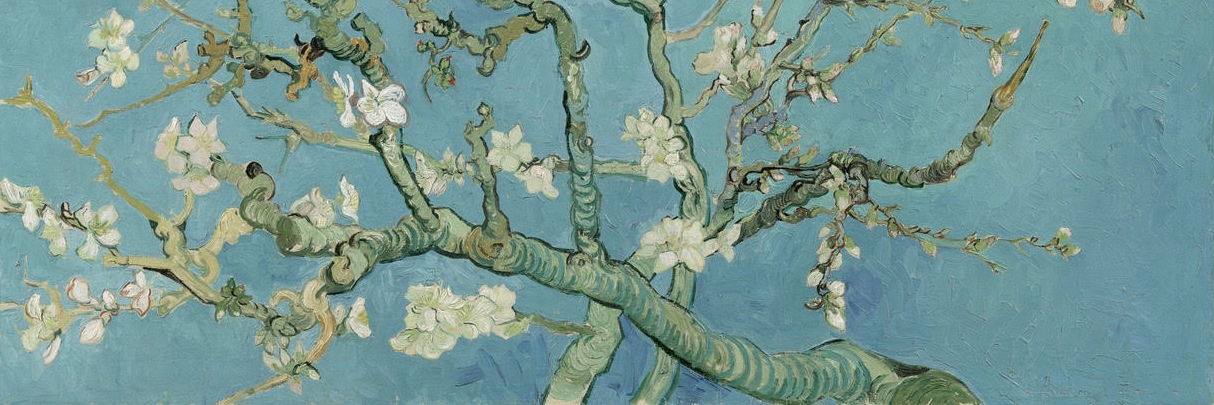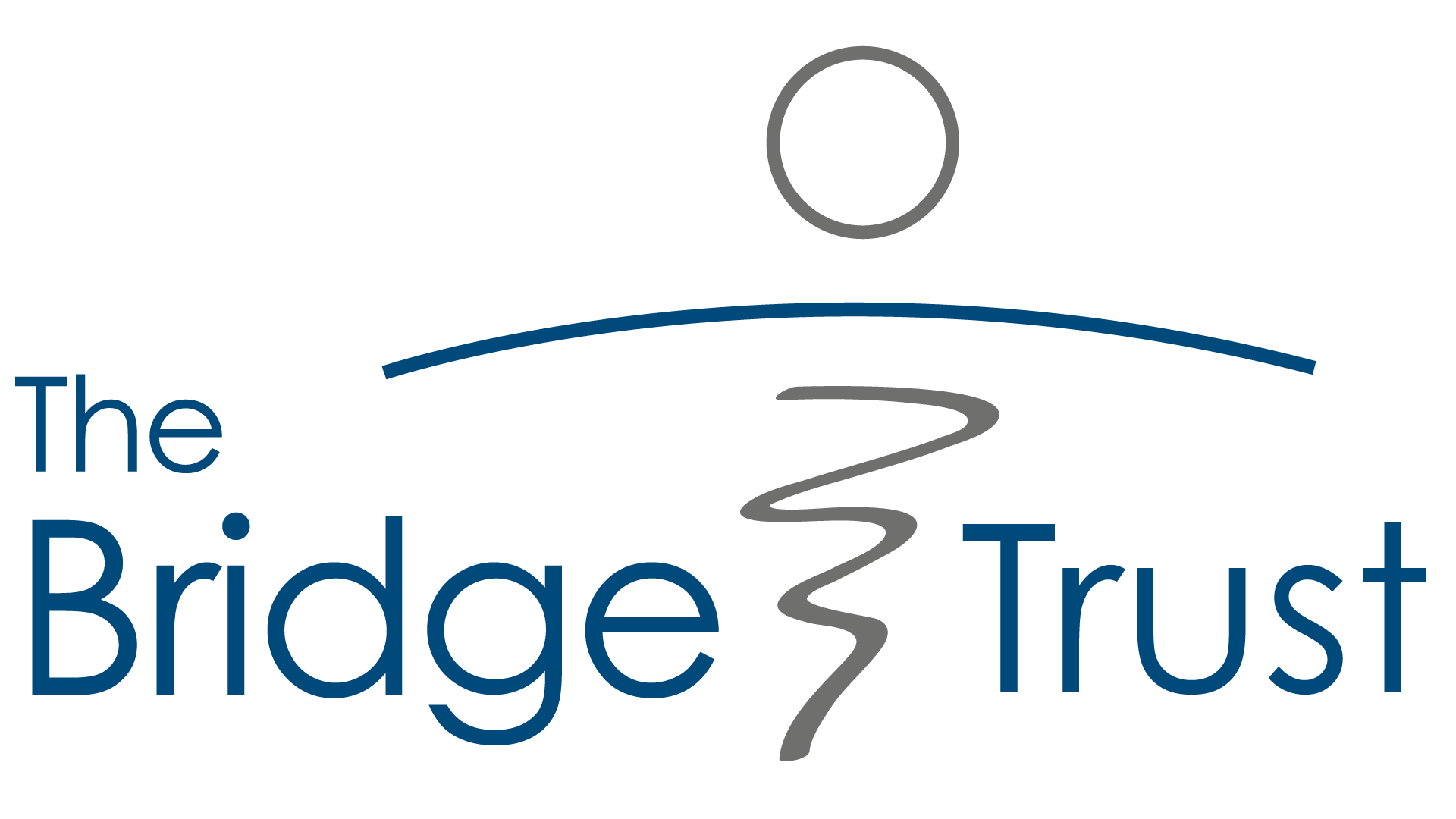Spring Concert 2022 at St Mellitus

Programme:
-
Johan Strauss II - Overture to 'Die Fledermaus'
-
Wolfgang Amadeus Mozart - Oboe Concerto in C major K314: Soloist Amy Roberts
-
Edward Elgar - Variations on an Original Theme Op 36 (Enigma Variations)
Conductor: Oliver Till
Leader: Tina Bowles
An evening brimming with lively orchestral works: Elgar's timeless 'Variations on an Original Theme" (Enigma Variations) is preceded by works by Mozart and Strauss II, two of Vienna's favourite composers. We open with the boisterous Overture to 'Die Fledermaus', famous from many New Year's Day concerts, and are then joined by local award-winning oboist Amy Roberts for Mozart's showpiece Oboe Concerto (1777).

Programme Notes
Johann Baptist Strauss II (1825 – 1899): Die Fledermaus Overture
Die Fledermaus translates as The Bat. However, the operetta has no bat, only a character who wore a bat costume one drunken evening. Johann Strauss Jr. was an Austrian composer of light music. He wrote Die Fledermaus for performance in Vienna, taking a plot from French comedy. Premièred in 1874, the operetta proved enormously popular. The exuberant overture, intended to create a party atmosphere, features the central waltz from the show, woven with polkas and tunes from the drama.
Wolfgang Amadeus Mozart (1756 -1791): Oboe Concerto, K314
Mozart composed this oboe concerto at the age of 22, for his friend and contemporary, Guiseppe Ferlendis. Then employed as a court musician in Saltzberg, he had honed his composing skills writing violin concertos and then piano concertos. In August 1777 Mozart went to Mannheim, where the concerto was performed by oboist Fredrich Ramm and made a great sensation. Short of money, Mozart adapted it to become the now better known Flute concerto No 2. The original oboe concerto was thought to be lost, until a handwritten set of parts was rediscovered in Saltzberg in 1920.
Sir Edward William Elgar (1857 - 1934): Variations on an Original Theme Op 36 (Enigma Variations)
The Enigma Variations, premiered in 1899 in London, under the baton of Austrian-Hungarian conductor Hans Richter, was the work that established
Elgar's international reputation. In his own words, "I have sketched a set of Variations on an original theme. The Variations have amused me because
I've labelled them with the nicknames of my particular friends... ”
- Theme - Elgar identified personally with the theme which matches the rhythm and inflection of his name. It conveys a sense of searching and introspection.
- Variation I “C.A.E.” - Caroline Alice Elgar was Elgar's wife. The theme is prolonged with romantic and delicate additions.
- Variation II “H.D.S-P” - Hew David Steuart-Powell was a well known amateur pianist who played chamber music with Elgar (violin) and B.G.N. (cello). The semiquaver passages exaggerate the way he ran over the keys before starting to play, in the style of a Toccata.
- Variation III “R.B.T.” - Richard Baxter Townshend, Oxford don and author. This variation references his performance as an old man in amateur theatricals, his low voice flying into the soprano.
- Variation IV “W.M.B.” - William Meath Baker was squire of Hasfield, Gloustershire and brother-in-law of R.B.T. He was typically an energetic character.
- Variation V “R.P.A." - Richard Penrose Arnold was the son of poet Matthew Arnold and an amateur pianist.
- Variation VI “Ysobel” - This variation with its viola solo is named after Isabel Fitton, a viola pupil of Elgar.
- Variation VII “Troyte” - Arthur Troyte Griffith was a Malvern architect and one of Elgar's firmest friends. This variation good-naturedly mimics his enthusiastic incompetence on the piano. It may also refer to an occasion when he and Elgar got caught in a thunderstorm while out walking.
- Variation VIII “W.N.” - Winifred Norbury was one of the secretaries of the Worcester Philharmonic Society, a gracious and elegant lady. There is an imitation of her characteristic high-pitched laugh.
- Variation IX “Nimrod” - Nimrod in the Old Testament is a “mighty hunter”, Jäger being German for hunter. Augustus J. Jaegar was Elgar's music editor and his greatest critic and supporter. This variation was written following advice by Jaegar.
- Variation X “Dorabella” - Dora Penny was a friend of Elgar; her stepmother was the sister of W.M.B. She had a stutter which is gently parodied by the woodwinds.
- Variation XI “G.R.S.” - George Robertson Sinclair was the energetic organist of Hereford Cathedral. This variation describes his bulldog, Dan, falling down the steep bank into the River Wye, paddling upstream to find a landing place, then rejoicing on the bank.
- Variation XII “B.G.N.” Basil George Nevinson was an accomplished amateur cellist who played chamber music with Elgar and H.D.S-P.
- Variation XIII “* * *” - This variation is a romance and the asterisks are thought to indicate the name of the lady. One possibility is Lady Mary Lygon who was at the time on a sea voyage, (the clarinet quotes a phrase from Mendelssohn's Calm Sea and Prosperous Voyage). Others think it may be Helen Weaver who broke her engagement to Elgar in 1884 before sailing out of his life.
- Variation XIV “E.D.U.” - Elgar was nicknamed Edu by his wife. The finale echoes the themes from Nimrod (Jaegar) and C.A.E. (his wife Alice), “two great influences of the life and art of the composer”.
The Soloist
Amy Roberts Oboe Solo
Amy graduated from The Royal Academy of Music with a 1st Class MA. Her subsequent career has been rich and varied. It includes appearances as guest principal in orchestras, the London Philharmonic, BBC NOW, and more, and several seasons at the Glyndebourne Festival. As a soloist she has performed a range of concertos and recorded the Villa Lobos Concerto Grosso. Amy plays with her quintet 'Moriarty Winds' who perform across the UK. She also enjoys making music on historical instruments. She teaches at the London Centre for Young Musicians and at Wetherby Senior School; and especially enjoys
teaching adults who are coming back to the oboe.
The Concert Charity
The Bridge Charity works to provide for investigation and innovation in special education. Money raised through the charity also helps to develop resources across The Bridge London Trust, which cannot be funded within conventional school funding formulas. Our charity was originally founded in 1989 and called The Bridge School Parent Staff Association. Our purpose, then and now, is to enhance the learning experience of all of our children and young people across the Trust and to be a pioneer in the research and innovation which comes from working with these amazing students. Our pupils have very complicated needs. We are committed to working side by side with parents and in a truly integrated way with other professionals. We seek new strategies so that we can find the best possible way to educate all of the pupils in our school.
Registered Charity No. 801885

The Players
Conductor: Oliver TillFirst Violins
- Tina Bowles (Leader)
- Rachel Barbanel
- Mary Dentschuk
- Steve Dobson
- Chris Lambert
- Maggie Lambert
- Catherine Menon
- Gwyn Rhydderch
- Nichola Blakey (Principal)
- Susan Grayeff
- Eve Naftalin
- Lucinda Platt
- Conor Shepherd
- Gerry Shortall
- Catherine Sides
- Jan Toporowski
- Geoffrey Irwin (Principal)
- Tom Boswell
- Dickie Clarembaux
- Nigel Franklin
- Helen Sanders-Hewett
- Josh Salter (Principal)
- Judith Beishon
- Hilary Evans
- Helen Mabelis
- Nicholas Singer
- Charlotte Youngs
- Darren Edwards
- Francois Moreau
- Graeme Scott
- Harry Hickmore
- Harry Hickmore
- Sumitra Lahiri
- Adrian Hall
- Lindsey Glen
- Ian Merryweather
- Rosalind Hedley-Miller
- Louise Johnston
- Susie Laker
- Julia Rooke
- Todor Trankarov
- Grace Watkinson
- Glyn Jones
- Charlotte Webb
- Peter Gough
- Rob Heath
- Lukas Schmidt
- Stuart Delve
- Alex Fleming
- Sharon Moloney



